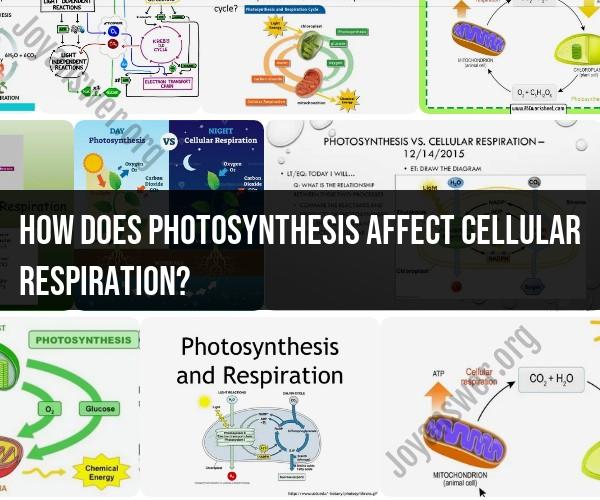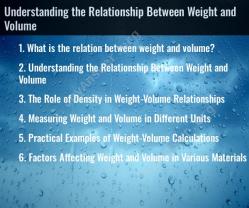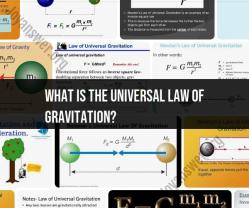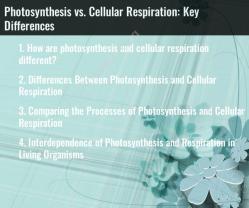How does photosynthesis affect cellular respiration?
Photosynthesis and cellular respiration are two interconnected processes in living organisms, and they have a mutual influence on each other. Here's how they affect each other:
Production of Glucose: Photosynthesis is the process by which plants and some other organisms convert sunlight, carbon dioxide, and water into glucose (a form of stored energy) and oxygen. The glucose produced during photosynthesis serves as the primary energy source for both the plant itself and other organisms that consume plants or plant-based products. When glucose is produced through photosynthesis, it becomes available for use in cellular respiration.
Supply of Oxygen: During photosynthesis, plants release oxygen as a byproduct. This oxygen is essential for cellular respiration in plant cells and all aerobic organisms, including animals and other plants. Cellular respiration requires oxygen to break down glucose and produce adenosine triphosphate (ATP), which is the energy currency of cells. Therefore, photosynthesis supplies the oxygen necessary for cellular respiration.
Recycling of Carbon Dioxide: Cellular respiration generates carbon dioxide (CO2) as a waste product. This CO2 is released into the atmosphere. In turn, plants use atmospheric carbon dioxide during photosynthesis to produce glucose and other organic molecules. This process effectively recycles carbon dioxide, ensuring a continuous supply for photosynthesis.
Energy Balance: Photosynthesis captures solar energy and stores it in the form of glucose. This stored energy is later released through cellular respiration to power various cellular processes, including growth, reproduction, and maintenance. The energy balance between photosynthesis and cellular respiration is crucial for the overall functioning and survival of organisms.
Day-Night Cycle: Photosynthesis primarily occurs during daylight hours when sunlight is available. During this time, plants produce glucose and oxygen. However, at night or when there is limited sunlight, plants rely on stored glucose to carry out cellular respiration. This helps them maintain their metabolic processes even in the absence of photosynthesis.
Ecosystem Dynamics: In ecosystems, the mutual influence of photosynthesis and cellular respiration forms the foundation of energy flow. Photosynthetic organisms, such as plants and algae, provide energy and organic matter to herbivores, which are then consumed by carnivores and other higher-level consumers. All organisms within an ecosystem rely on cellular respiration to extract energy from the glucose obtained through this food chain.
In summary, photosynthesis and cellular respiration are intricately linked processes that maintain the flow of energy and matter in ecosystems. Photosynthesis provides the energy and organic molecules necessary for the growth and sustenance of organisms, while cellular respiration releases that stored energy for cellular functions. This mutual influence ensures the balance of energy and the recycling of carbon dioxide and oxygen in the natural world.












